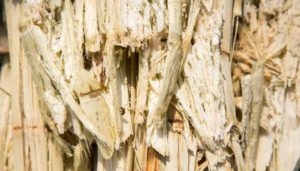SGI PhD student Raphael Dutenkefer has been working on a project looking at insertion of lignin in the sugarcane mills product portfolio.
The use of residues from the sugarcane in industry has been of considerable interest in the last decade. There is a great interest in producing high added value products from residues that today are used solely for the generation of electricity. Lignin, one of the components of lignocellulosic residues derived from sugarcane, is a class of complex organic polymers that can serve as feedstock for the production of many chemicals, materials and even energy carriers. However, its processing technologies are still in an immature technological phase and need further development to become an economically viable option for producers and consumers.
In partnership with Prof. Celma Ribeiro of University of São Paulo, Brazil, this project intends to deeper understand how lignin could improve the economic efficiency of sugarcane mills and what are the best processes being developed today, from an economic perspective. Using a methodology to define the best portfolio for a certain range of products, this project intends to evaluate the investments, maintenance costs, selling price and efficiencies necessary to make lignin a viable feedstock for materials, chemicals and energy carriers.